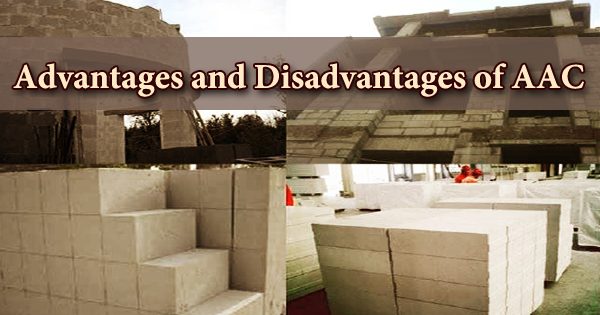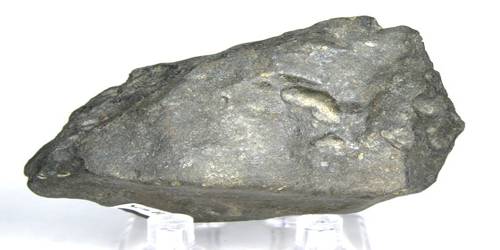Both the contractor and the owner are annoyed with concrete that has become discolored. Large expanses of concrete may exhibit stark color differences, light or dark blotches, or early light efflorescence. This condition can be problematic and challenging to avoid because of the many factors that contribute to it.
Concrete discolouration can be caused by a variety of things, such as an irregular mix, adding water to the mixture on the job site, changing the color of the cement, using substitute cement, bad craftsmanship, etc. These variables cause discoloration, which shows immediately after concrete placement.
What are the Causes of Concrete Discoloration?
Inconsistent Materials
To prevent undesirable colors, it’s crucial to maintain uniformity throughout the concreting process, especially when it comes to mix proportioning. Inconsistent hue will be caused by variations in the several batches of concrete that were delivered to the project site.
Additionally, it is challenging to produce a constant concrete mix because it is made up of a variety of elements that are naturally variable. Cement, additional cementitious ingredients, sand, water, admixtures, and perhaps fibers are the components of a concrete mixture. It is challenging to achieve consistent interaction between these elements in different concrete batches.
So, to achieve the best possible consistency in a concrete mix from different batches, all concrete constituents must comply with ASTM standards.
Adding Water at Construction Site
To make the batches of concrete more workable and to simplify finishing procedures as much as possible, contractors may add water. Concrete that has been modified on the job site without sufficient mixing has a blotchy appearance.
When placed side by side, variations in concrete color are visible. For instance, when concrete is poured next to previous, untempered concrete after one batch has been added water.
Change in Cement Color
Another reason why concrete discolors is because the cement used in the ready-mix factory is colored differently. Due to burning or grinding circumstances during cement manufacture, each batch of cement has a different color.
When a certain cement type is switched out for another one while a placement is still being done, or when the altered mix is put down right next to concrete made with cement from a different source, the impact of unusual cement color on discolouration can be seen.
Utilization of Cement Replacements
Depending on the amount of recycled material used, the ratio of water to cementitious materials, and how concrete is curing, recycled items like slag and fly ash can be used as partial cement replacements.
Fly ash generates a variety of colors ranging from buff to brown, while slag produces an initial mild green or bluish tinge that gradually fades.
Addition of Calcium Chloride
Calcium chloride is typically added to the concrete mixture to speed up the setting process. This chemical, especially when its dose surpasses 2% by the weight of cement, is what causes the look of darkened concrete.
When the mixture is not properly blended after adding calcium chloride, the coloring problem is made worse, resulting in concrete that has a more erratic or blotchy appearance.
Poor Workmanship
Before and during the concrete pour, contractors should take the weather into account because it greatly affects the outcome. For instance, it is a good idea to moisten the subgrade in a dry setting before pouring the concrete slab.
Evaporative retardants, windbreaks, or any other relevant procedures must be used while placing concrete in hot weather because it accelerates evaporation.
Increased variability in the surface appearance or delamination results from poor procedures like spraying more water on the concrete surface or carrying out final finishing when bleed water is still on the concrete surface.
Placement of Objects on Concrete during Initial Curing
The surface color of colored concrete becomes blotchy and irregular, with the color being lighter where the items had been sitting, when plastic, lumber, or construction waste are left on it throughout the curing process. Different moisture levels at the surface of concrete during the crucial initial few days to weeks after concrete pouring result in this problem, known as curing difference. So, uniform curing is key for producing a consistent colored concrete surface.
Concrete surface discolouration can be greatly influenced by plastic sheets used on concrete to speed up cure. The term “leopard spotting” refers to the discoloration that develops from air gaps or creases in plastic covers or curing blankets.
How to Minimize Concrete Discoloration?
- Avoid the use of calcium chloride in concrete.
- Utilize consistent concrete constituents that are provided continuously from batch to batch.
- Proper concrete pouring, finishing, and curing on time will reduce discoloration.
- Avoid altering the concrete mix, formwork, surface treatment, or curing processes because they can occasionally cause substantial and lasting discoloration.
















